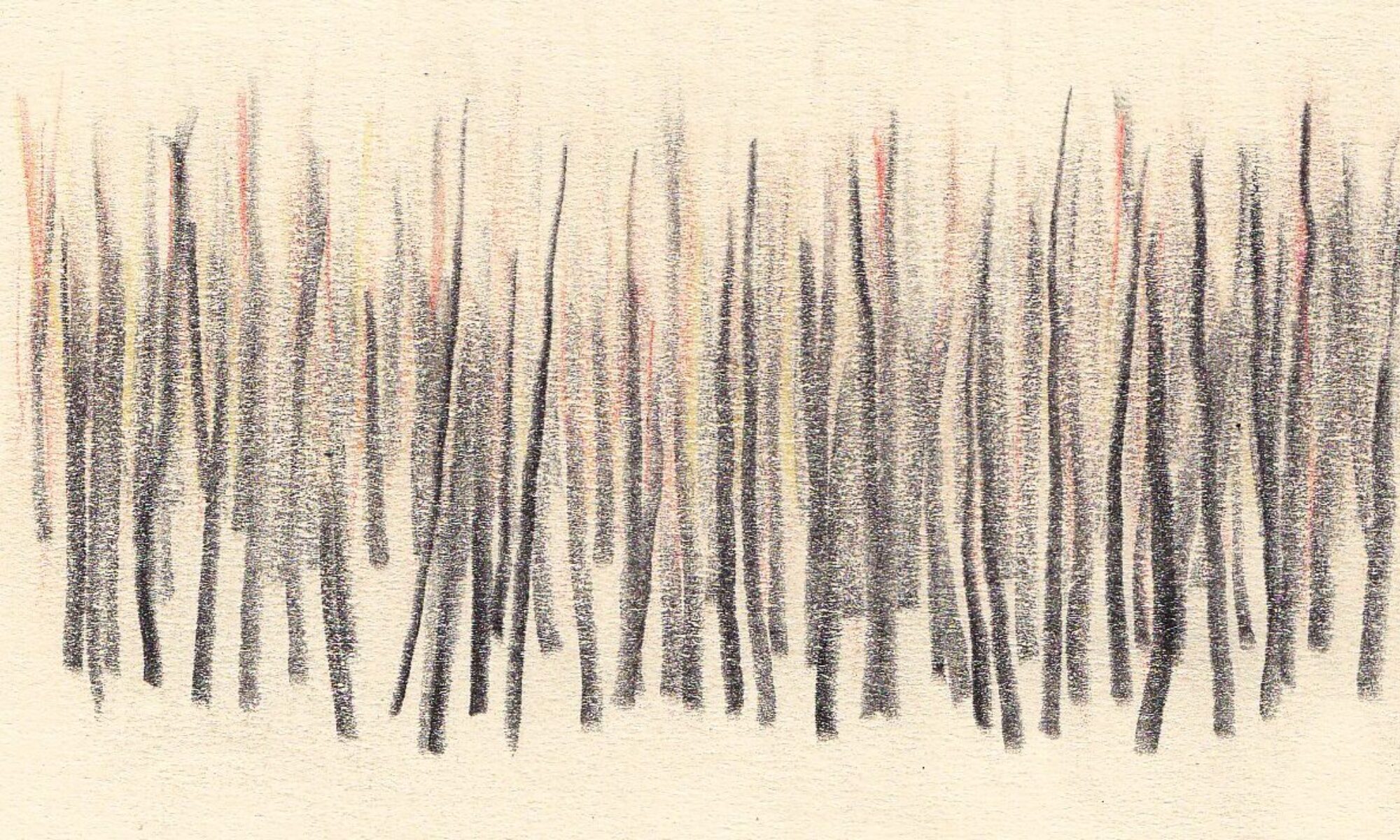Attributions for Turbulence
ABOUT THE TITLES: Luc Ferrari source recordings used in each of the three movements inspired their titles:
1. Pleuvoir et Chuchotements: Rain and Whispers
2. Mélodie Ondulate et Cristalline: Undulating and Crystalline Melody
3. Machine en Marche: Machine in Motion
ABOUT THE INSTRUMENT: The pipe organ is a four-manual Allen combined with 43 pipe ranks of Swain and Kates design:
ABOUT THE ELECTRONICS: More than 100 electronic cues were prepared by the composer for this piece. Sound files collected by the Association PRESQUE RIEN are a consequence of their ongoing digitization of Mr. Ferrari’s magnetic tapes. The following recordings are used as source material for Turbulence:
Bistro – chuchotements filles
Bistro – mélodie ondulate et cristalline
Cliquetis rythmique machine
Creamaille 88 – machine en marche passant de gauche á droite
Impro-Micro-Acoustique – Prise de son Originale – grave ondulant
Labyrinthe portrait – les grenouilles
Le Petit Train de la Mure – Prises de son juillet 1988 – ambiance machines résonnantes au barrage
Les Anecdotiques – nappe modulante
Musique Promenade – elements ponctuels brefs
Pluie á Eze Septembre 1999
Toscane 1989 – pluie sur le pare-brise
Cues used in the piece adhere to the historic methods of musique concréte, i.e., modifying these original recordings in order to realize new musical ideas and themes while preserving their original aesthetics. A variety of old and new methodologies were used to prepare the sounds for Turbulence.
Live performance of Turbulence is accomplished using QLab, software widely used for theatrical performances. All of the audio cues required for Turbulence, bundled with the QLab performance cue sequence, are available upon request from the composer.

